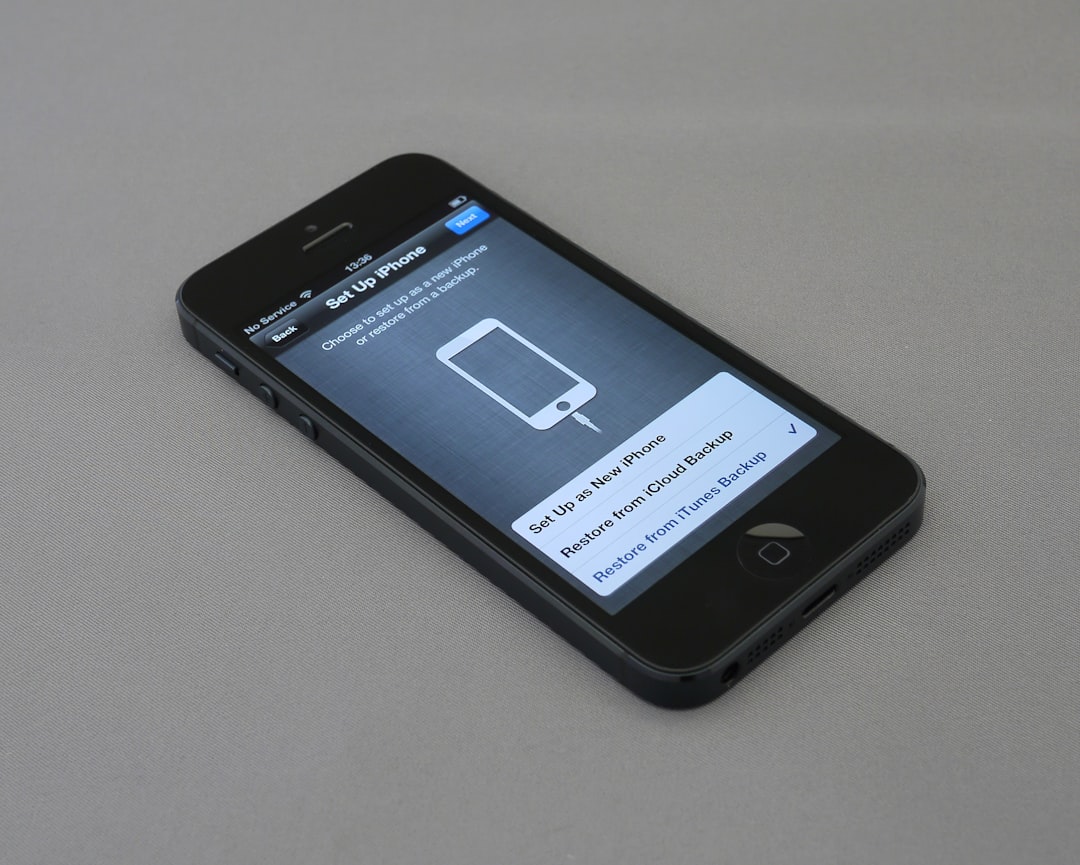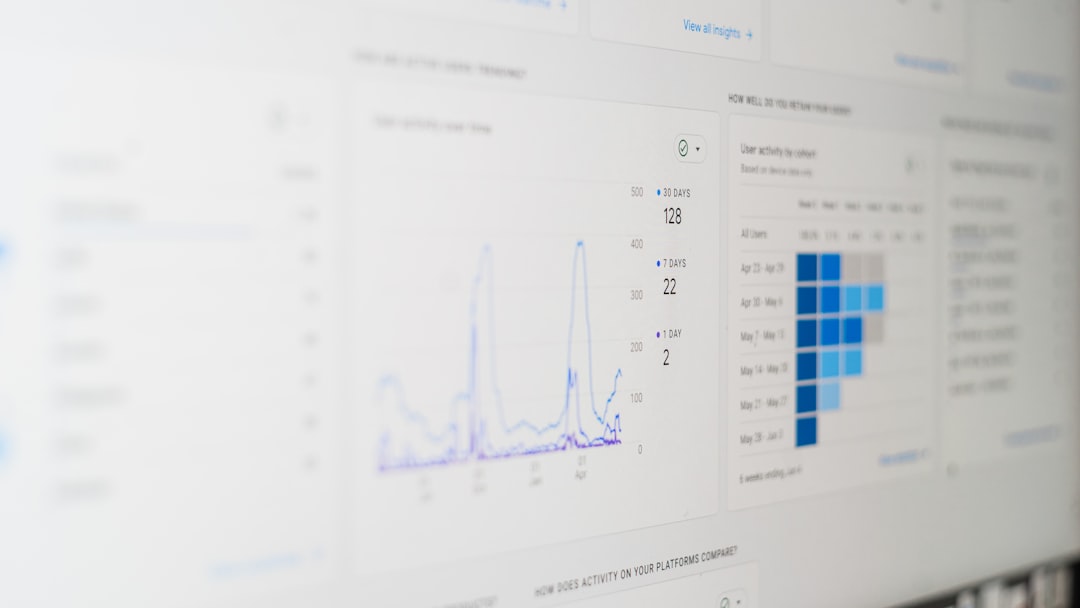What if we told you that you could predict your startup’s revenue just by tracking the right data? That’s the magic of growth engineering KPIs. These key performance indicators don’t just show what happened — they show what’s about to happen. Think of them as your business’s crystal ball.
But here’s the catch: not all KPIs are created equal. Some confuse, others mislead. But the right ones? They sing like a symphony — and the melody is money!
Let’s dive into the best growth engineering KPIs that actually predict revenue, in a way that’s fun, easy, and full of *aha!* moments.
What Is Growth Engineering?
Table of Contents
Growth engineering is part marketing, part product development, and part data science. The goal? Build repeatable systems that lead to growth. These systems are tested, tweaked, and constantly optimized.
That’s why tracking the right KPIs is vital. Without them, you’re flying blind. With them, you’re flying a spaceship.
The Role of KPIs in Predicting Revenue
Revenue doesn’t grow overnight. It’s the result of thousands of small actions: a click, a signup, a purchase, a referral. Growth engineers focus on the actions that spark those revenue moments.
The trick is knowing which numbers matter the most. That’s where the fun begins!
The MVPs: Key KPIs You Must Track
Let’s break down the most important growth KPIs that act as early warning signs — or green lights — for future revenue.
1. Activation Rate
This is the percent of users who take a key action shortly after signing up. Maybe it’s completing a profile, playing a song, or adding their first product to a cart.
- *Why it matters:* A high activation rate means users are hitting the key value trigger fast.
- *Why it predicts revenue:* Activated users are far more likely to stick around and convert.
Pro tip: Make the activation moment as obvious and smooth as possible. Onboarding is EVERYTHING.

2. Retention Rate
If people come back, it’s a great sign. Retention is the percentage of users who continue to use your product over time — daily, weekly, or monthly.
- *Why it matters:* It costs way more to get a new user than to keep one.
- *Why it predicts revenue:* Consistent usage is directly tied to revenue. No users, no money!
Crash course tip: Look for Week 1, Week 4, and Month 3 retention. This shows short-term interest vs long-term habit.
3. CAC to LTV Ratio
Customer Acquisition Cost (CAC) is what you pay to get one user. Lifetime Value (LTV) is how much money you make from that user over time.
- *Why it matters:* This is your business model, plain and simple.
- *Why it predicts revenue:* If your LTV is growing faster than CAC, you’re on a winning path.
Ideal ratio: LTV should be 3x or more than CAC. If it’s less? Rethink your growth engine.
4. Conversion Rate from Free to Paying
Do people go from free users to paying customers? This is especially key for SaaS and freemium models.
- *Why it matters:* It shows if your product is truly solving a problem worth paying for.
- *Why it predicts revenue:* The higher this number climbs, the more revenue you rake in.
Fuel your conversion: Try feature gating, timed trials, or exclusive upgrades to boost this metric.
5. Virality / K-Factor
This measures how many new users are brought in by existing ones. It’s word-of-mouth, referrals, and product-led growth magic.
- *Why it matters:* Growth that comes from within is powerful (and cheap!).
- *Why it predicts revenue:* More users = more revenue potential. Simple math.
Formula fun: K-Factor > 1 = exponential growth. Below 1 = slow grind.

6. Time to Value (TTV)
This is how long it takes a new user to get value from your product. The shorter, the better.
- *Why it matters:* Nobody likes waiting. Fast wins keep users around.
- *Why it predicts revenue:* Speeding up TTV makes it more likely users stick and convert.
Speed hack: Cut down steps in onboarding or give “cheat codes” to value. Show them the magic NOW.
7. North Star Metric
This is the one metric that best captures the value your product delivers. Every company has a different one.
- *Spotify:* Songs played per user
- *Airbnb:* Nights booked
- *Slack:* Messages sent
*Why it matters:* It keeps everyone aligned — from engineers to designers to marketing.
*Why it predicts revenue:* Growth in your north star means usage is up… and where there’s engagement, revenue follows.
Bonus KPIs That Offer Big Clues
These KPIs may be more “behind the scenes,” but they often foreshadow bigger wins (or problems).
- Churn Rate: High churn means fewer users = bad news for revenue.
- Product Usage Frequency: Daily or weekly usage = stronger user-product fit.
- Average Revenue Per User (ARPU): More dollars from each user = scalable success.
- Net Promoter Score (NPS): High score = love = referrals = more customers (and sales).
How Growth Engineers Use These KPIs
Growth engineers don’t just look at numbers. They build experiments. Here’s how:
- Choose the KPI that needs improvement — maybe Activation Rate is low.
- Create a test — simplify the signup process, cut the form fields.
- Run the experiment for a set time — like one week.
- Measure impact on future revenue estimates. Rinse and repeat.
By focusing on predictive KPIs and constantly running growth loops, teams can unlock sustainable revenue growth over time.

Final Thoughts: Let Data Guide Your Revenue
Most companies chase revenue by running ads or making more sales calls. Growth engineering does it smarter. It looks at *signals* that point to future revenue. It builds systems that scale growth, not just hack it.
The KPIs we listed above aren’t just numbers. They’re clues. Each one tells a story. Put them together, and you get a roadmap to bigger, better revenue — without the guesswork.
So go ahead. Obsess over your KPIs. Love them. Track them. Let them guide you. Because the better your inputs, the greater your future outputs.
The future of your business? It’s in the data — and it’s looking *very* bright.
